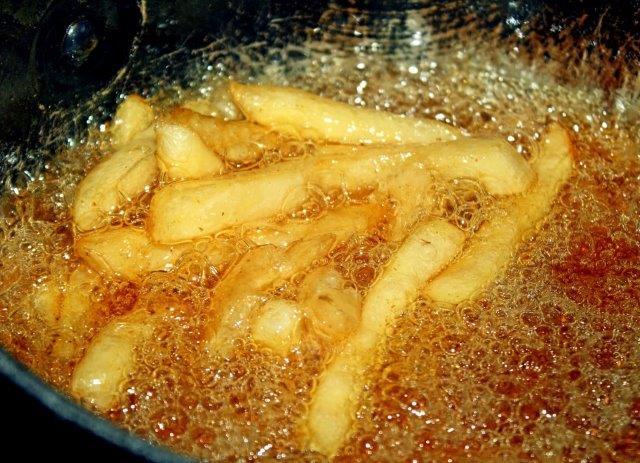FOR IMMEDIATE RELEASE
ACS News Service Weekly PressPac: April 21, 2016
Making biodiesel with used cooking oil and a microwave
"SiO2 Beads Decorated with SrO Nanoparticles for Biodiesel Production from Waste Cooking Oil Using Microwave Irradiation"
Energy & Fuels
Weaning cars and trucks off of gasoline and diesel made from fossil fuels is a difficult task. One promising solution involves biodiesel, which comes from natural oils and fats, but it is costly. Using a microwave and catalyst-coated beads, scientists have devised a new way to convert waste cooking oil into biodiesel that could make it more affordable. They report how they did it in ACS’ journal Energy & Fuels.
Biodiesel has many advantages over traditional fuels. It is renewable, biodegradable and emits less carbon dioxide. It can also easily take the place of conventional diesel without the need for carmakers to modify engines. However, producing biodiesel at a low cost remains a challenge. Waste cooking oil is currently the most appealing source because it doesn’t compete with the demand for virgin cooking oil. However, the process to convert it to fuel is complicated and expensive. Aharon Gedanken and colleagues wanted to find a simpler and less expensive method.
The researchers developed silica beads coated with a catalyst and added them to waste cooking oil. Then, they zapped the mixture with a modified microwave oven to spur the reaction of the beads with cooking oil. In just 10 seconds, nearly 100 percent of the oil was converted to fuel. The researchers could also easily recover the beads and reuse them at least 10 times with similar results.
The authors acknowledge funding from the Israeli Ministry of Science, Technology and Space.


